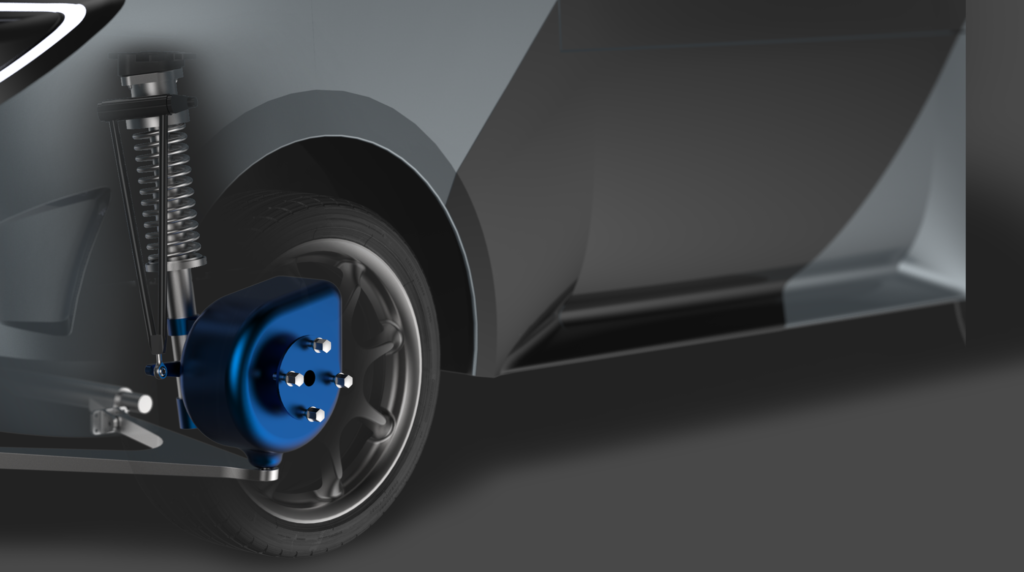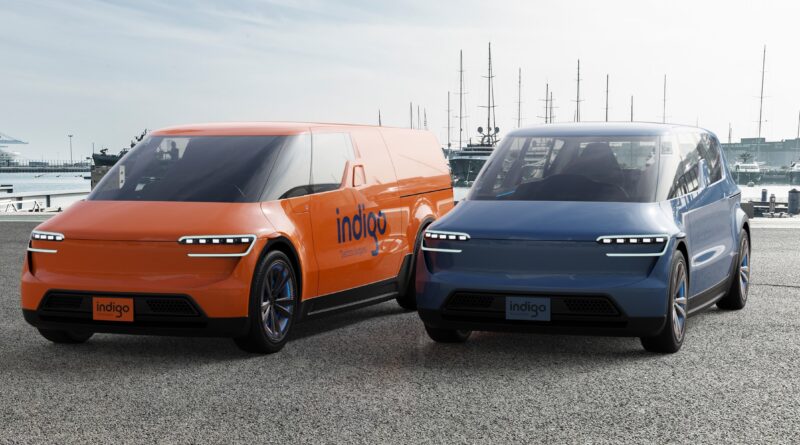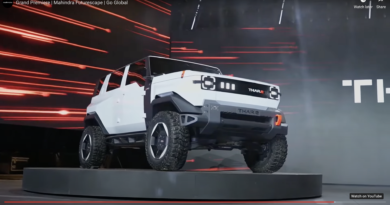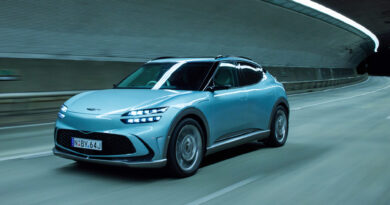US start-up Indigo Tech reveals Flow vans with unique hub-motor solution
Has a little known US start-up solved the riddle of the in-hub electric motor?
Yes, says Indigo Technologies, which originally sprung out of the Michigan Institute of Technology in Boston in 2010 as more of a think tank than money-making business.
But times have changed and Indigo has used the opening day of the CES tech-fest in Las Vegas to announce its first models intended for production, the Flow passenger van and Flow Plus delivery van.
Both are fitted with what it calls ‘robotic wheels’ – also dubbed the IndiWheel – that integrate a small electric motor and electric adaptive suspension into one unit.
EV FAQ: Electric car tech explained and questions answered
The result, it claims, is a better ride and improved handling and more cabin space for people and luggage than orthodox EVs.
In-wheel electric hub motors have been around almost as long as EVs, but have not been successfully pressed into production service.
Our resident propellor head John Carey went into the whys and wherefores in a very helpful article you can read here. By the way, he mentions the Lordstown Endurance in that yarn. Here’s an update of where that venture is currently at.
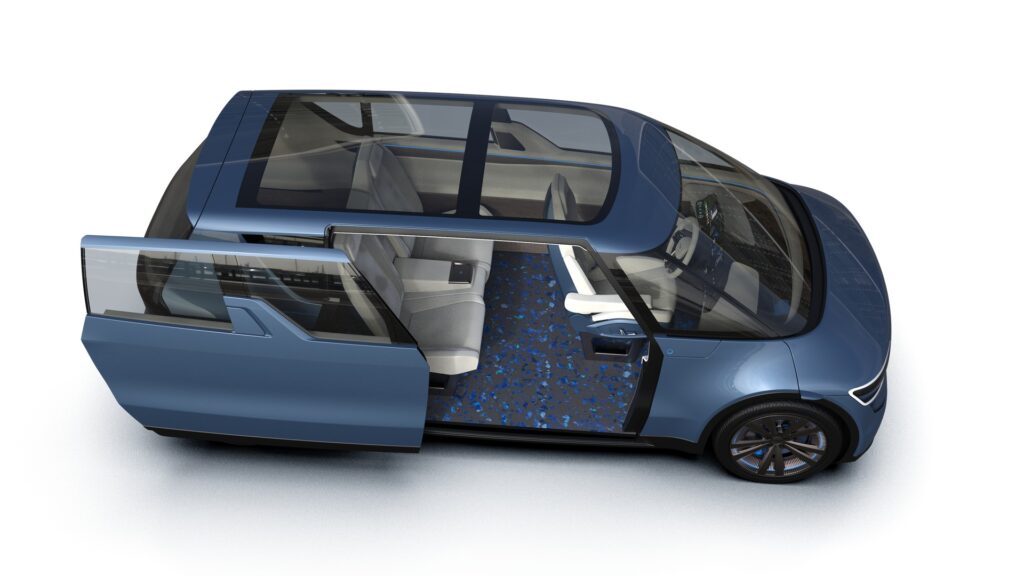
In summary, in-wheel hub motors are energy efficient, save space and simple, eschewing the need for reduction gears and differentials because they are direct-drive.
But they can also be expensive compared to chassis-mounted e-motors. Think about it, it takes four to have 4×4 capability, versus only two if the e-motors are chassis mounted, as is normal for an EV.
They also cop a lot of impacts sitting out in the wheel, are heavy, add to unsprung weight and take up space in the wheel where the friction brakes normally sit.
Their weight also usually means a stiffer suspension set-up that impacts on passenger ride comfort.
But Indigo claims to have overcome much of the challenge by integrating propulsion and suspension.
Each e-motor produces a maximum 22kW and 250Nm, while the suspension – which can be MacPherson strut or double wishbone – exploits digital electromagnetics to adjust to road conditions and cargo and passenger loads.
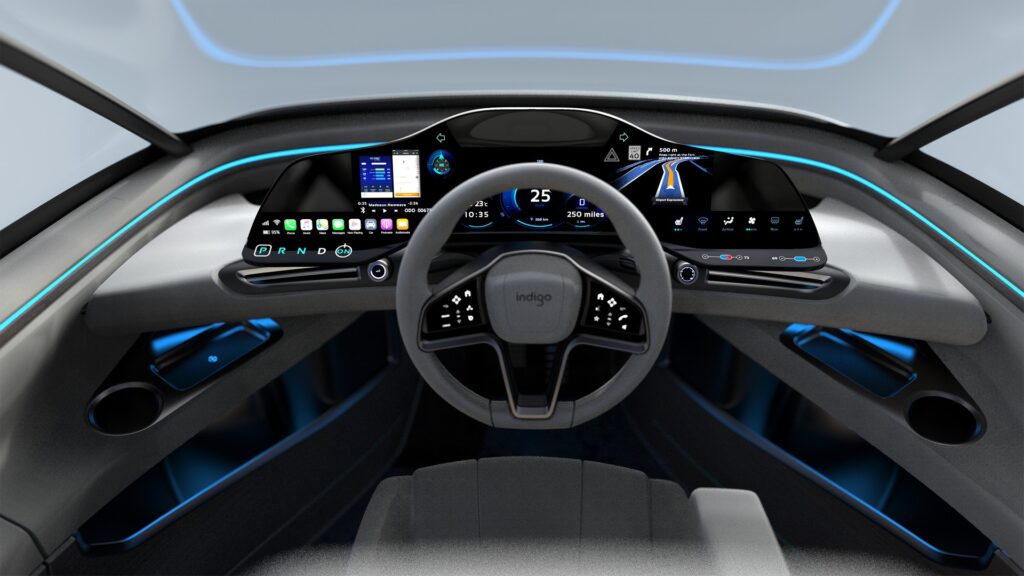
Indigo says the Flow and Flow Plus will provide more than 400km of range from a 40kWh battery pack, reflecting a low kerb weight and slick aero (both numbers are unspecified).
“Indigo invented robotic wheels that uniquely enable more space and comfort for small urban EVs,” said Will Graylin, CEO of Indigo, in a press release.
“Without the transmission and motor between the wheels, Indigo Flow has a low, flat floor that provides more cargo space than any vehicle of its size. And the active suspension in each wheel makes for an amazing ride comfort at an affordable price that people will love.”
Unfortunately, Graylin did not specify what that price might end up being.
Very little information and a handful of renders of the Flow and Flow Plus were issued by Indigo. The renderings show both vehicles feature a central driver’s seat, sliding side doors and digital side mirrors. The Flow has rear side windows and a panoramic glass sunroof. Both vehicles are aimed at gig economy drivers.
Previously, Indigo has said its first vehicles would launch in late 2022. Production plans and potential partners remain unstated publicly.
